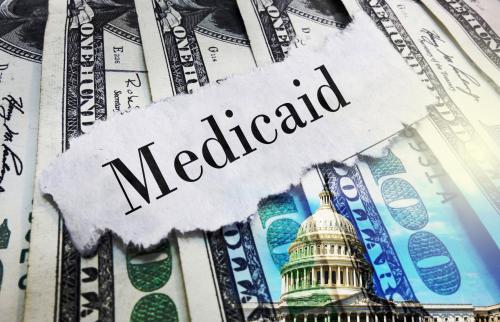ABSTRACT
The principal force behind the many changes in household finances during the past several decades has been an expansion of financial opportunities. Such opportunities can yield benefits in terms of household economic security. However, the financial crisis that began in 2007 has powerfully illustrated that expanded financial opportunities can also pose dangers for households. To explore these issues, I examine household data on wealth, assets, and liabilities going back 25 years and, in some cases, 45 years. I argue that changes in household finances in the decades leading up to the mid-1990s – including the gradual rise in indebtedness—likely increased household well-being, on balance, and contributed to a decline in aggregate economic volatility. However, changes in finances since the mid-1990s – in particular, a much sharper rate of increase in household debt – appear to have been destabilizing for many individual households and ultimately for the economy as a whole. I conclude the paper with some speculations about how the lessons learned in the current crisis might change household financial opportunities and choices going forward.
INTRODUCTION
The principal force behind the many changes in household finances during the past several decades has been an expansion of financial opportunities. More elaborate tools for assessing and pricing risk, increased lending to households without strong collateral, and technologies that allow households to access a wide array of investment opportunities more easily have all enabled more people to engage in more financial activities. The shift in employer-based retirement benefits from defined-benefit plans toward defined-contribution plans has also given many households more direct control of their finances.
Such opportunities can yield benefits in terms of household economic security. The democratization of credit and development of new lending approaches increased the options for families looking to borrow against future income or accumulated home equity in order to enjoy a smoother path of consumption. Indeed, a wide range of indicators showed significantly less aggregate economic volatility between the early 1980s and mid-2000s than during the preceding two decades – a phenomenon linked by some researchers (including me) to this type of financial innovation. New financial opportunities also allowed households to choose to take more risks in pursuit of higher expected utility – an important reminder that reducing risk is not always good and increasing risk is not always bad.
However, the financial crisis that began in 2007 has powerfully illustrated that expanded financial opportunities can also pose dangers for households. By increasing the scope for investment in risky assets, people may end up with larger swings in wealth than they had anticipated. Households may borrow too much and then face obligations that are unsustainable given their resources. For the economy as a whole, greater access to credit can create a self-reinforcing problem: more borrowing to purchase assets can help drive asset prices to unsustainable levels, and that high degree of leverage makes subsequent price drops especially damaging to the economy.
To explore these issues, I examine household data on wealth, assets, and liabilities – going back 25 years and, in some cases, 45 years. I argue that changes in household finances in the decades leading up to the mid-1990s – including the gradual rise in indebtedness – likely increased household well-being, on balance, and contributed to a decline in aggregate economic volatility. However, changes in finances since the mid-1990s – in particular, a much sharper rate of increase in household debt – appear to have been destabilizing for many individual households and ultimately for the economy as a whole. I conclude the paper with some speculations about how the lessons learned in the current crisis might change household financial opportunities and choices going forward.
The Brookings Institution is committed to quality, independence, and impact.
We are supported by a diverse array of funders. In line with our values and policies, each Brookings publication represents the sole views of its author(s).



